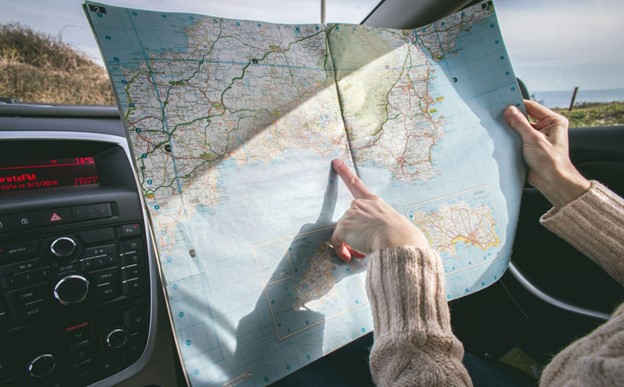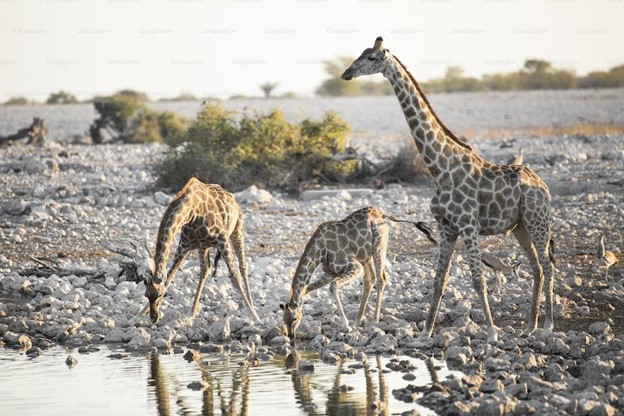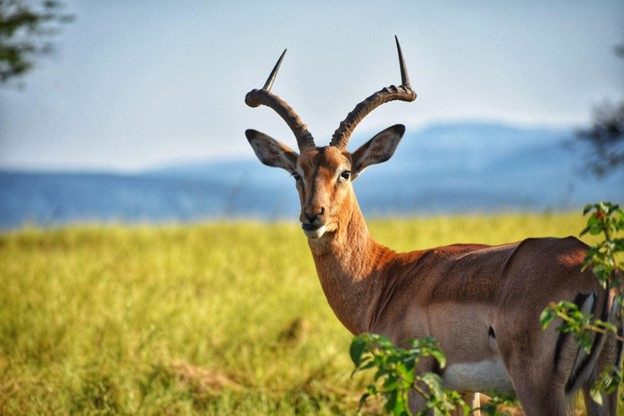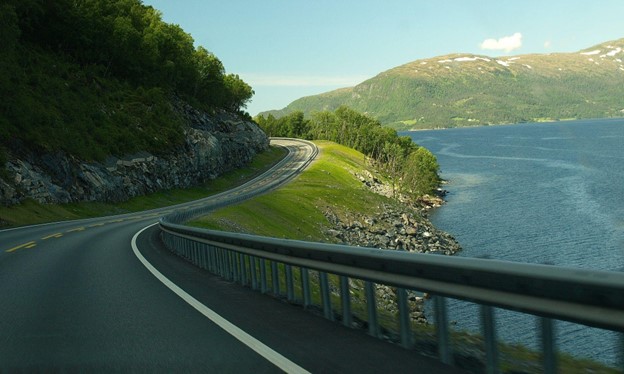Introduction
Road trips are like a breath of fresh air for the soul. The wind in your hair, the open road stretching out ahead, and the promise of adventure around every bend – what’s not to love? And if you’re the type who craves a bit of nature and wildlife with your journey, you’re in for a treat! In this detailed blog article on 5 Tips for Making the Most of Road Trip Nature and Wildlife Encounters, we’re going to show you how to turn your road trip into a wildlife safari of epic proportions.
1. Research and Plan Ahead

Do Your Homework
The first rule of a successful road trip nature and wildlife encounter is to do your homework. Before you even hit the road, spend some time researching the destinations you’ll be visiting. Find out what types of wildlife are native to the area, their habits, and the best times to spot them. Trust us; this information is pure gold when it comes to wildlife watching.
Map Out Wildlife Hotspots
Once you’ve done your research, map out the wildlife hotspots along your route. National parks, wildlife reserves, and even local bird sanctuaries are excellent places to start. Look for information on guided tours or ranger-led programs that can provide you with expert insights into the local flora and fauna.
Timing is Everything
Wildlife has its schedule, and if you want to catch a glimpse of it, you need to be in the right place at the right time. Plan your road trip during the peak seasons for wildlife activity in your chosen destinations. Spring and fall are often great times to see a wide variety of animals in action.
2. Pack the Right Gear
Binoculars – Your Best Friend
When it comes to wildlife watching, binoculars are your secret weapon. Invest in a good pair with decent magnification and lens quality. You’ll be amazed at the details you can spot with the right set of binoculars.
Camera and Lenses
Don’t forget to pack your camera and a selection of lenses. Whether you’re a seasoned photographer or just love snapping pics with your smartphone, having the right equipment can make all the difference. Make sure you’ve got a telephoto lens for those distant wildlife shots!
Field Guides
A field guide to local wildlife and plants is another essential item. It’ll help you identify the creatures and plants you encounter, turning your road trip into an educational experience.
3. Practice Respectful Wildlife Viewing

Keep Your Distance
Remember that wildlife is not there for your entertainment. It’s essential to keep a respectful distance to avoid stressing or disturbing the animals.
Stay Quiet
Wildlife is often more active during the early morning and late evening. When you’re in prime wildlife areas, keep the noise to a minimum. Whisper if you need to communicate, and turn off any loud music or engines.
Avoid Feeding Wildlife
Feeding wildlife may seem like a fun interaction, but it can be harmful to the animals and disrupt their natural behavior. Never feed wildlife, even if you’re tempted to get that perfect Instagram shot.
4. Be Patient and Observant
Slow Down Your Pace
Road trips can be fast-paced adventures, but if you’re looking to spot wildlife, slow down. Drive at a relaxed pace, and keep an eye out for movement or unusual shapes in the landscape.
Use Your Ears
Sometimes, you’ll hear wildlife before you see it. Listen for rustling leaves, bird calls, or the splash of water. Train your ears to pick up on these subtle cues.
Take Breaks
Don’t be in a rush to reach your next destination. Take breaks and spend some time quietly observing your surroundings. You never know what you might discover when you pause and truly immerse yourself in nature.
5. Document Your Encounters

Photography Tips
Capturing your wildlife encounters is not only a way to remember them but also to share the beauty of nature with others. Use these photography tips to get the best shots:
- Natural Light: Opt for early morning or late afternoon when the light is soft and golden.
- Patience: Wait for the perfect moment to capture that animal in action.
- Composition: Pay attention to the background and framing of your shots.
- Respect: Remember to prioritize the well-being of the wildlife over getting the perfect shot.
Keep a Journal
In addition to photos, keep a journal of your road trip experiences. Note the species you’ve encountered, their behaviors and any interesting observations. It’s a fantastic way to relive your journey and share it with fellow nature enthusiasts.
Share Your Adventures
Finally, don’t forget to share your road trip adventures on social media, using the hashtag #RoadTripWildlife. You can inspire others to embark on their wildlife road trip and foster a community of nature lovers.
FAQs
Q1: What if I don’t have any experience with wildlife encounters?
A1: No worries! This article is perfect for beginners. We’ve got tips that will help even the most novice nature lover get started.
Q2: Can I go on a wildlife road trip alone, or is it better with a group?
A2: Wildlife road trips can be enjoyed solo or with a group. It depends on your comfort level and preference. Just remember to follow safety guidelines if you’re traveling alone.
Q3: Are there any apps or websites that can help with wildlife identification?
A3: Absolutely! There are several apps and websites dedicated to wildlife identification. They often include photos, sounds, and detailed information about different species.
Q4: What’s the most unexpected wildlife encounter you’ve had on a road trip?
A4: The beauty of wildlife encounters is that they’re often unexpected! From a curious fox crossing the road to a majestic eagle soaring overhead, every encounter is a memorable one.
Conclusion
In conclusion, a road trip doesn’t have to be just about the destination; it can be about the journey and the incredible wildlife encounters along the way. By following these 5 tips for making the most of road trip nature and wildlife encounters, you’ll embark on an adventure that’s both thrilling and educational.
Remember, it’s not just about ticking off a checklist of species you’ve seen. It’s about connecting with the natural world, appreciating its beauty, and learning to coexist with the creatures that call it home. So, go ahead, plan your road trip, pack your gear, and get ready for an unforgettable wildlife adventure!

Leave a Reply